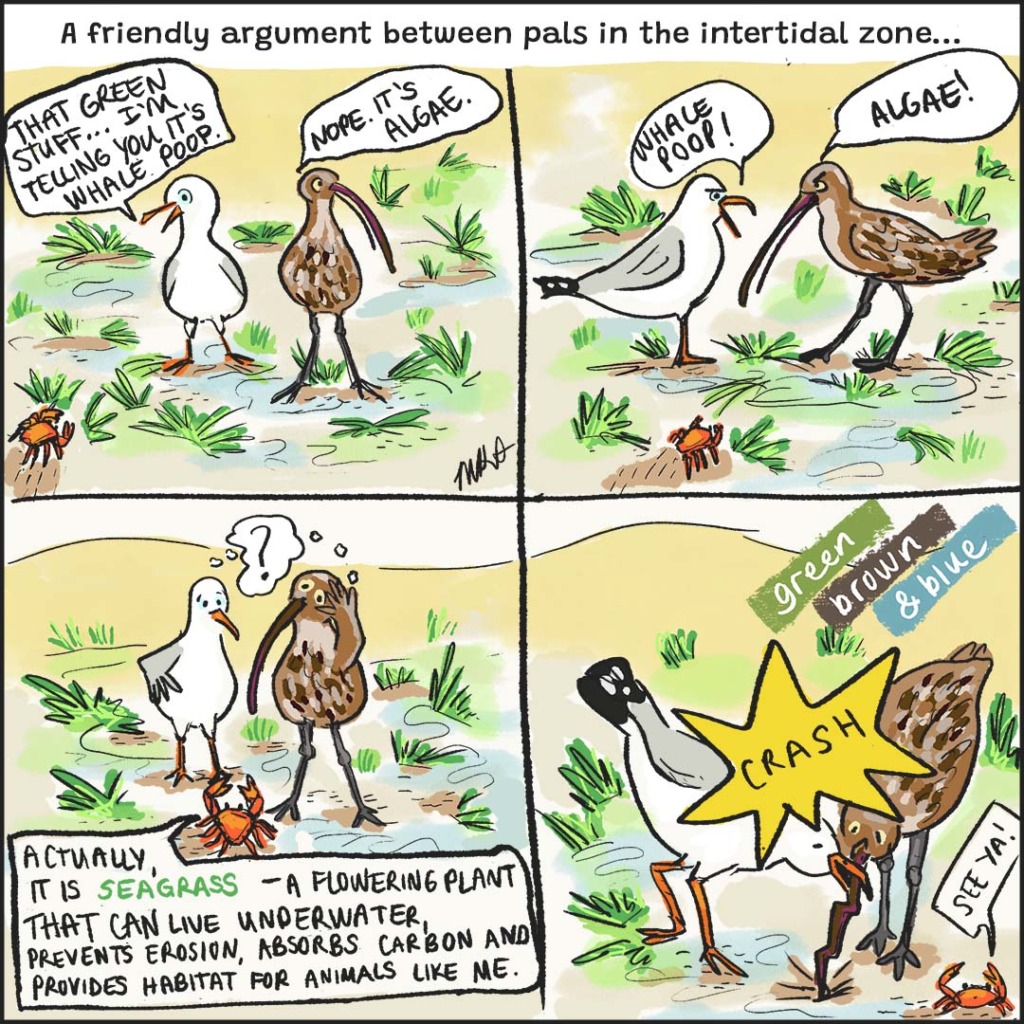Animals are awesome, but plants need love too. This series of cartoons is about plants and our relationship with them.
Some good things we get from plants



Plants bemoan meerkat cuteness

Plants that grab our attention

Largest: A seagrass meadow off the coast of western Australia may be the world’s largest plant. This 180 square kilometer meadow is made up of clones of a single seagrass plant. This meadow may be over 4,500 years old.
Brightest: Each spring, Namaqualand daisies put on a stunning floral display in northwestern South Africa.
Weirdest: Nepenthes is a group of tropical carnivorous pitcher plants. Some of the largest Nepenthes pitcher plants have been recorded trapping and digesting vertebrate prey, like lizards and even mice! Prey are attracted to secretions on the pitcher and sometimes become trapped.
Autumn-iest: Deciduous trees change color in Autumn. Leaves turn shades of yellow, brown, orange and red before falling to the ground where they decompose.
Stinkiest: The titan arum is a flowering plant that grows in the rainforests of Sumatra in Indonesia. It produces a large flower that is also known as the corpse flower because of its rotten stench.
Seagrass is important


Click here to learn what seagrass is and why it is important.
Felix the marcescent tree

Deciduous, marcescent, and evergreen are adjectives used to describe the way that leaves persist on trees.
Deciduous trees – like gingko and maples – shed their leaves each year, usually in autumn. Before the leaves fall, they change color to yellow, orange, red, or brown depending on the type of tree.
Some trees have marcescent leaves – like some oaks and beeches. This means that leaves dry out and change color, but they hold on a little longer. Marcescent leaves may drop to the ground in spring, before new leaves come in.
Evergreen trees – like pines, eucalypts, and citruses – remain green throughout the year. Evergreen trees do lose leaves, but their leaves don’t fall all at one time.






